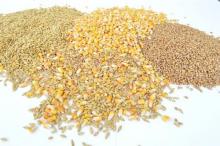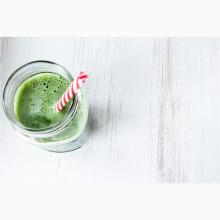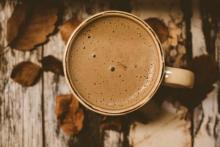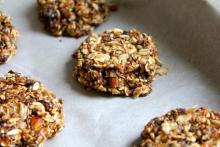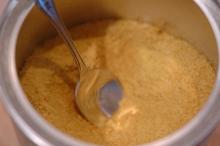Beyond Brown Rice: Different Grains to Try
Brown rice, the simple ingredient I base most of my home-cooked meals on, is amazing. And we all know about other grains that are trendy in America, like quinoa and couscous. But there are so many other options that can add interest to meals, or work for those who have food allergies to more popular grains. Whether you’ve never heard of some of these or just haven’t tried them yet, here’s the lowdown on different grains you can try this year.

